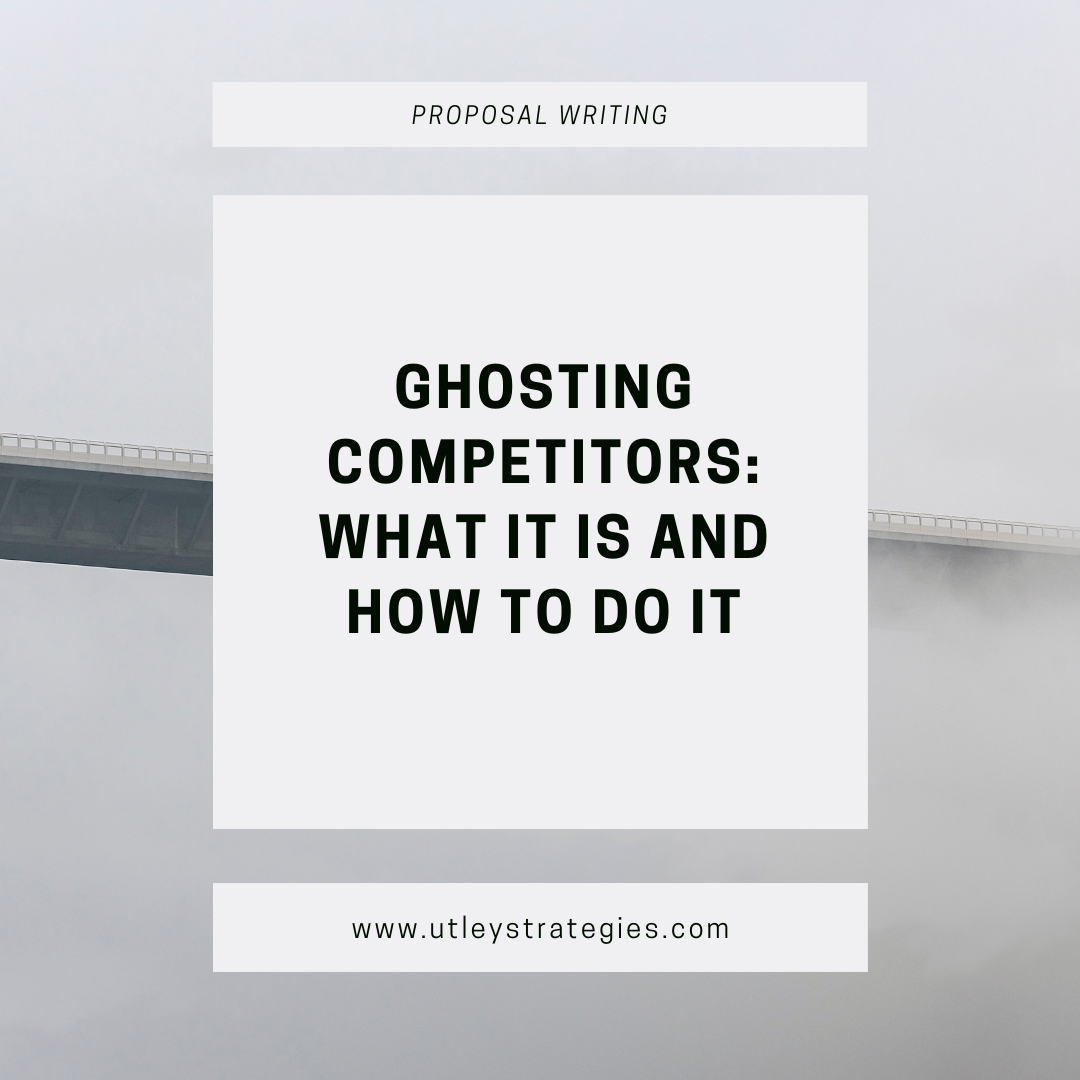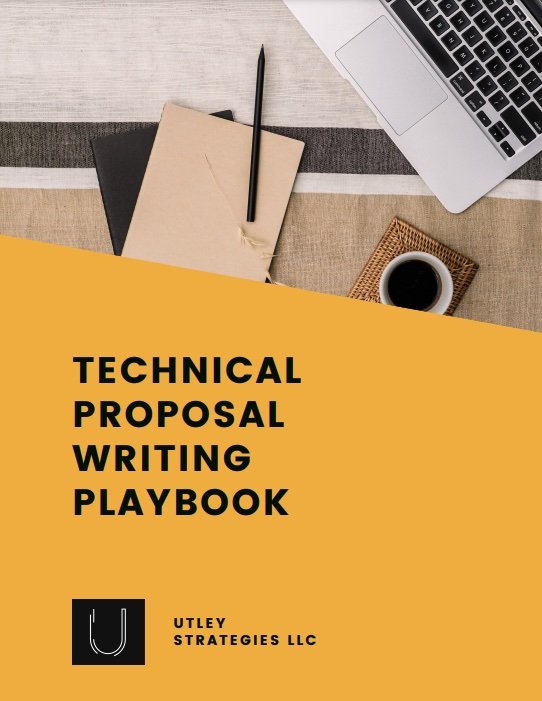Ghosting Competitors: What it is and How to do it
When creating proposals, it’s critical to think about the competition. The first step is to clearly highlight why you are the best choice for the client. Once you’ve done this, however, you might want to address the competition. This is where ghosting comes into play.
What is Ghosting?
Shipley defines ghosting as “a proposal tactic where you highlight a competitor’s weakness or downplay their strengths without naming them.” This tactic is particularly effective in situations where the competition is high and you know what your competitors offer and the strengths and weaknesses of those offerings. You can use ghosting within your proposal to show why your offer is the best choice for the customer.
How to Use Ghosting in Proposals
Competitive Research
Before you begin using this tactic in your proposals, you must first truly understand your competition and how they win projects. If you try to ghost a competitor without this insight, it could backfire and push the customer in their direction. Start by researching to learn more about how they pitch their services. This can be by reading their website, signing up for the marketing campaigns, requesting help from an outside consultant, and requesting to see their past proposals.
Once you have all of these resources, comb through their content and make a list of the key points of differentiation between their offering and yours, the strengths and weaknesses of the overall offering, and any other key points that might persuade customers to work with them over you. Do this for your most frequent competitors or anyone who you know may be positioned to win an important opportunity for your company.
Customer Research
Knowing the competition is important, but you must also understand the key motivators to buy for the client in order to properly ghost the competition. For example, you may call out that a competitor has slow delivery times because they don’t offer same day delivery only to learn that the customer prefers this because they are trying to reduce their carbon footprint. For key opportunities, research to learn as much about the potential client as you know about the competition so you can clearly position your company to win.
Develop Differentiators/Competitive Advantage
Now that you know both what the customer wants and how your competition sells, you can identify your competitive advantage and key differentiators from the competition. An easy way to accomplish this is to create an Excel sheet that lists a hot button issue for the customer, how you achieve it, how the competition achieves it, and a note for why your way is preferable. You might also create a simply running list of all of this information. The more organized you are at this stage, the easier it will be to incorporate the content.
Incorporate into Content
With your research complete, it’s time to start ghosting the competition! Use the key differentiators and competitive advantage sheet that you created in the previous step to highlight your strengths while downplaying the competition.
For example, if you know that the competition is lower priced because they outsource most of the work for the project, you can say something like “Quality is our number one priority, and our high standards come with a price. We staff every project entirely with our own resources and will not depend on lower-priced subcontractors to complete your project. This allows us to ensure that you receive exactly what you expect while meeting your tight deadline.”
If the customer hadn’t previously considered the implications of subcontractors, this will now be top-of-mind and may encourage them to further question your competitors to confirm that they can guarantee the same quality of work as your company.
Pitfalls to Avoid
When ghosting the competition, it’s important to avoid these common pitfalls that may hurt rather than help you.
Calling out competitors by name. While it may be tempting to directly tell the customer that Company XYZ does this one thing that is not good, it’s best not to include the company name. It’s very easy for this to come off as desperate and tattle-telling, which is not the look you want to have within your proposal. Instead, subtly mention whatever the topic is and let the customer connect the dots.
Inadvertently highlighting competitor strengths. While you might think one aspect of your competition is a weakness, the customer might have a different opinion. That’s why it’s critical to understand your customer’s motivations to buy before ghosting any competitors. If in doubt, leave it out.
Showcasing your weaknesses. Similar to the above, if you try to call out a competitor's weakness but you don’t have a clear strength in that area, it’s best not to include it. By highlighting their weakness, you are also highlighting yours, which won’t help your proposal.
By avoiding these common mistakes, you can successfully ghost the competition within your proposal to highlight why the client should choose you and, ultimately, win more contracts.



